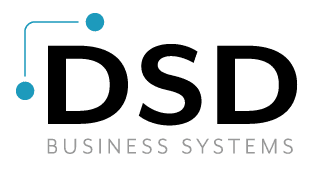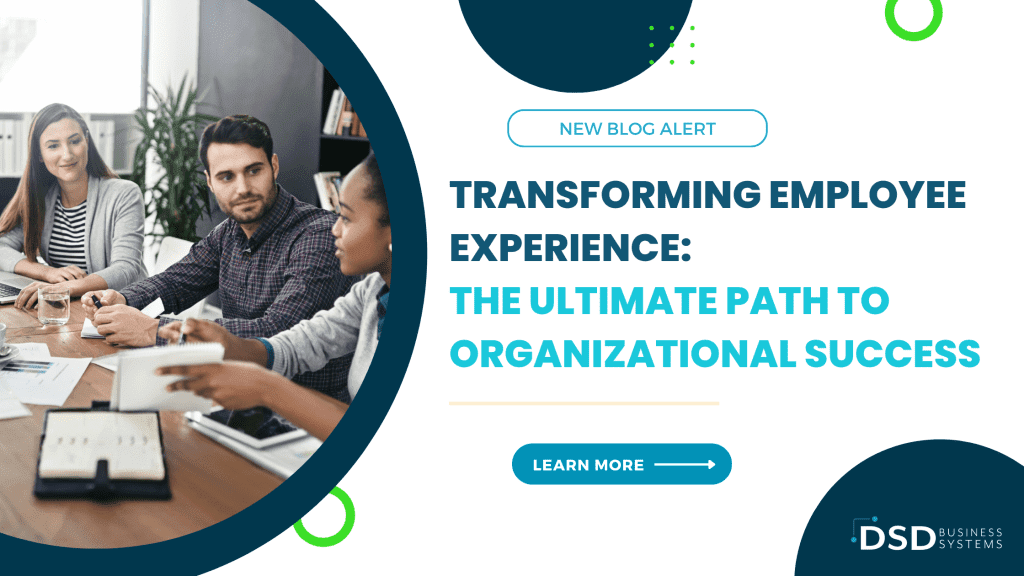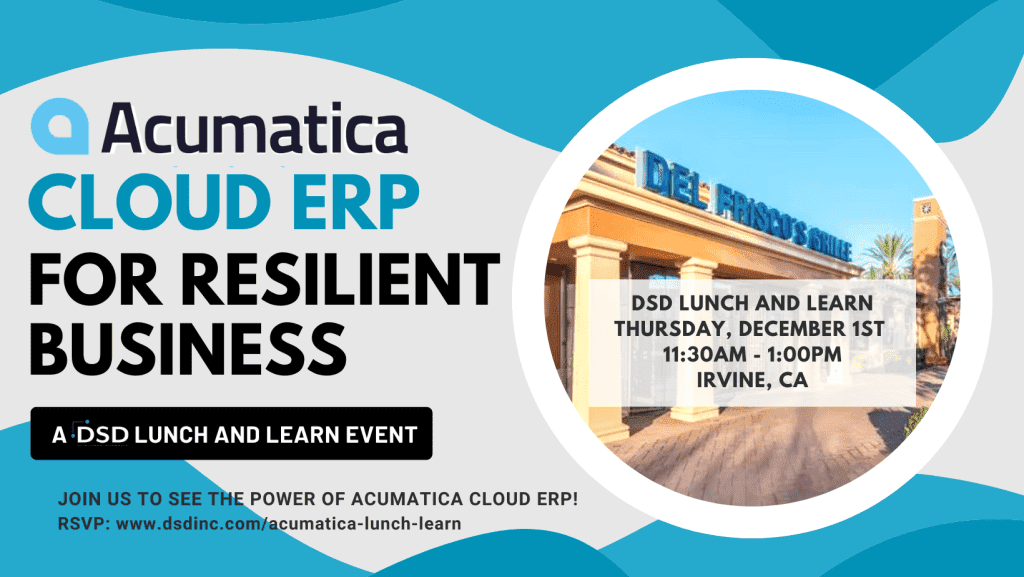ERP and CRM Software in the Cloud: Clarifying Definitions (Part II)
In the second blog of this series, we’ll focus on clarifying some definitions surrounding cloud-based computing solutions.
What’s the Difference Between “On-Demand” vs. “Subscription”?
These terms refer to payment models, but they are joined at the hip with the Internet,  because without the Internet, they could hardly exist. Subscription software requires the subscriber to pay in advance for services (usually a year in advance) and the software is turned off electronically when the subscription expires. When that happens, the user’s data is usually still available for inquiries or for downloading, but it cannot be updated or changed. This allows cancelled users to transfer their data to their new software of choice.
because without the Internet, they could hardly exist. Subscription software requires the subscriber to pay in advance for services (usually a year in advance) and the software is turned off electronically when the subscription expires. When that happens, the user’s data is usually still available for inquiries or for downloading, but it cannot be updated or changed. This allows cancelled users to transfer their data to their new software of choice.
Both legacy (on-premises) and cloud software publishers have made their ERP and CRM products available on a subscription basis. Most require an annual contract, but a few are monthly.
On-demand software is a subscription model in which the user may start and stop using it (almost instantly) with no penalty and with almost instant provisioning. Provisioning refers to the publisher’s act of making software available for real-time access in the cloud. There is no annual commitment for an on-demand payment model.
The term “SaaS” has been around forever, and it’s an acronym for “Software-as-a-Service”. Until recently, the terms “SaaS” and “on-demand” have been used interchangeably, but recently on-demand has been used to refer to the payment model rather than the delivery model. On-demand software is a good choice for start-up companies whose mid-term future may be a bit murky, or for companies who are in between permanent solutions, and just need a temporary one to bridge the gap.
The most flexible software publishers make their software available on-demand, on a subscription basis, and via a standard per-user or per-module licensing model. This gives users the maximum amount of flexibility in meeting their own short or long-term cash flow needs.
What does it Mean When a Publisher says their Software is “Multi-Tenant”?
Multi-tenant cloud software is designed in a way that allows one copy (instance) of the software to serve multiple companies. That means that all companies are on exactly the same version of the software, and that it’s always the most current version. That also means that when there’s a version upgrade, it can be made automatically by the publisher during off-hours.  Of course, each of those companies has their own separate and distinct database which is secured from access by any other company on the system.
Of course, each of those companies has their own separate and distinct database which is secured from access by any other company on the system.
The “opposite” of multi-tenant is multi-instance. In a multi-instance environment, there is one copy of the software, on the cloud server, for each company who is using it. So, each company has their own separate database and their own separate software. This requires more cloud resources than a multi-tenant system, so this approach is slightly costlier, but just the cost of storage is a trivial factor compared to the other differences between them.
One of the limitations in a multi-tenant environment is that because all companies are on exactly the same version, programming customizations to the system are usually disallowed. Companies may subscribe to unique connected services, or achieve a modest level of customization via the internal customization capabilities of the software. But some of the most advanced multi-tenant cloud software providers do allow programming customizations. So one of the most important priorities for any prospective buyer is to determine the need for customization based on the software’s out-of-the-box functionality, and to confirm that the product can support those changes.
Another important difference between multi-tenant and multi-instance systems is that in a multi-tenant system, the software is updated only by the publisher, and all users must be off the system when it’s being updated and the data being converted to the new version (if it has to be converted – sometimes it’s not necessary). This approach shifts the burden of performing software updates from the user to the publisher, which is a great benefit to the user.
In a multi-instance system, not all users have to be on the same version because they each have their own copy. Some multi-instance cloud software publishers allow users to be on older versions of the software, and in such an environment, the user is generally responsible for performing software updates. Multi-instance systems are more amenable to programming modifications, and multi-instance systems give users more control over their environment, which can be a good thing or a bad thing, depending on how responsibly it’s handled.
Some software publishers will try to convince you that the only “true” cloud software is multi-tenant. Don’t believe it. Multi-instance software in a private or hybrid cloud may be the perfect solution for your computing needs.
In the final blog we will review the difference between cloud software on on-premises legacy software and the questions on-premises system users should ask themselves before considering moving their ERP or CRM systems to the cloud.









